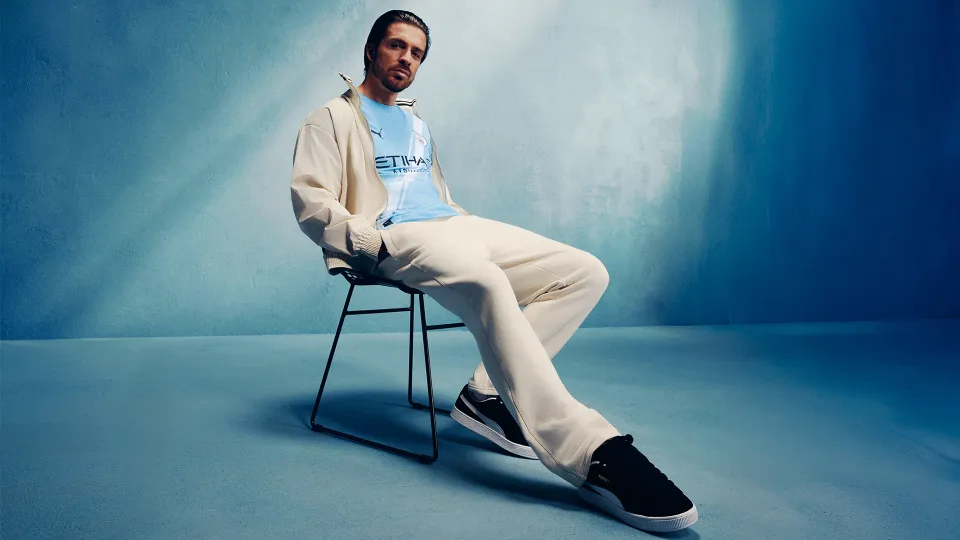David Lynch, the visionary filmmaker who passed away at 78, left an extraordinary legacy in both cinema and television. His work is renowned for its surrealism, nonlinear storytelling, dream logic, and the haunting way he explored the darkness lurking beneath the surface of everyday life. Lynch didn’t just make movies or shows—he crafted visceral experiences, cinematic puzzles, and emotional labyrinths that dared viewers to interpret them.
This article is a celebration of twelve iconic works by David Lynch, each of which represents a different facet of his artistic genius. These films and series are not merely entertaining; they have shaped the very landscape of visual storytelling.
Twin Peaks: The Return (2017)
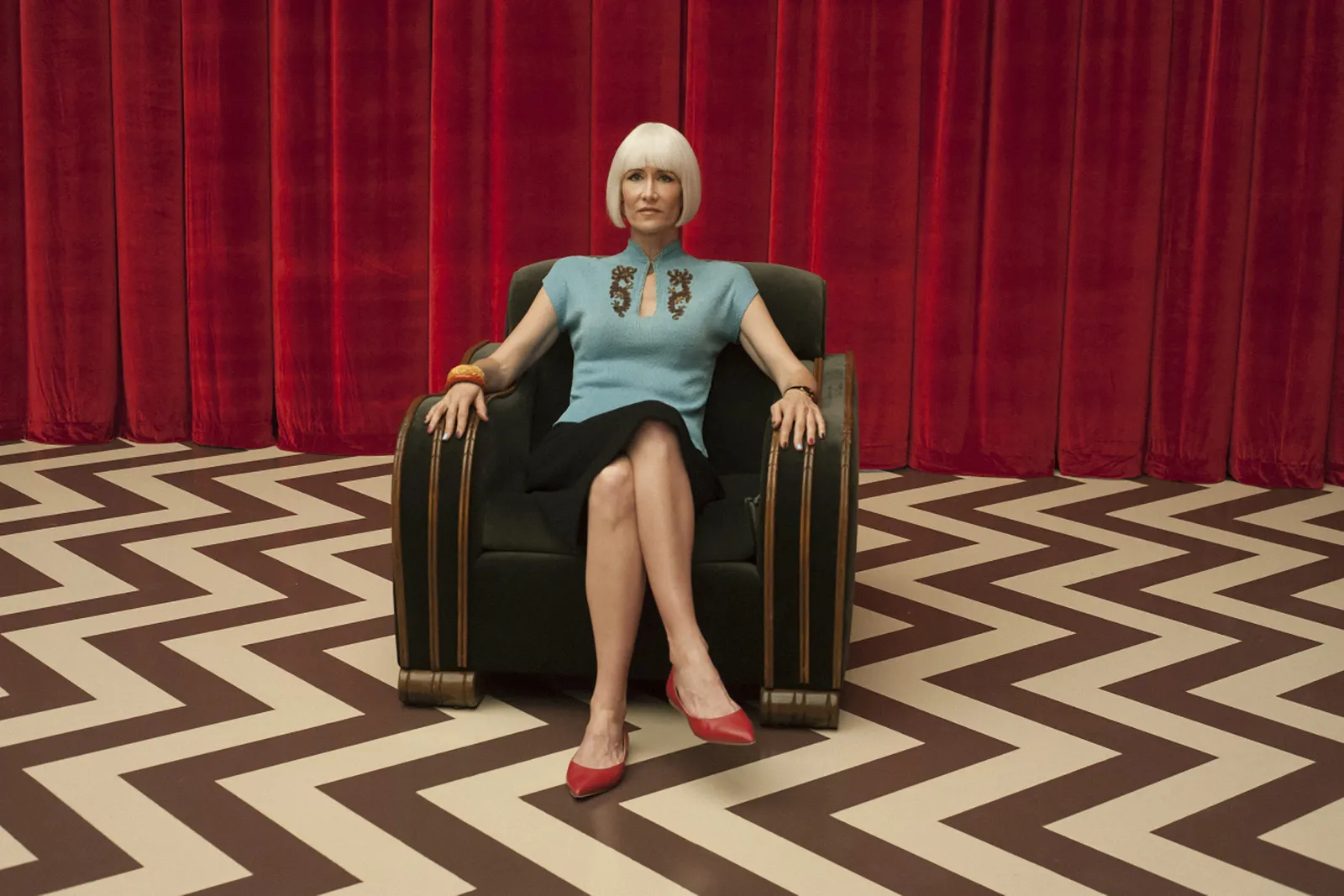
More than two decades after “Twin Peaks” originally aired, Lynch returned with an 18-part cinematic television event that defied all expectations. “Twin Peaks: The Return” is often hailed as his magnum opus—an abstract, slow-burning epic that dives into themes of memory, duality, time, and trauma. The series moves between universes and identities, featuring unforgettable sequences such as Episode 8, an experimental montage of cosmic horror and nuclear paranoia.
This wasn’t nostalgia; it was transformation. In a landscape of conventional reboots, Lynch reinvented what a sequel could be.
Mulholland Drive (2001)

A dazzling neo-noir enigma, “Mulholland Drive” was originally conceived as a TV pilot before Lynch retooled it into a feature film. It starts as a mystery and spirals into a dream, where identities shift and illusions shatter. Naomi Watts delivers a powerhouse performance as Betty/Diane, and the film captures both the seductive allure and the psychological cost of Hollywood.
Interpretations abound—is it a ghost story, a dream, a cautionary tale? Perhaps it’s all of these and more. What’s certain is that “Mulholland Drive” is a modern classic, ranked among the best films of the 21st century.
Twin Peaks (1990–1991)
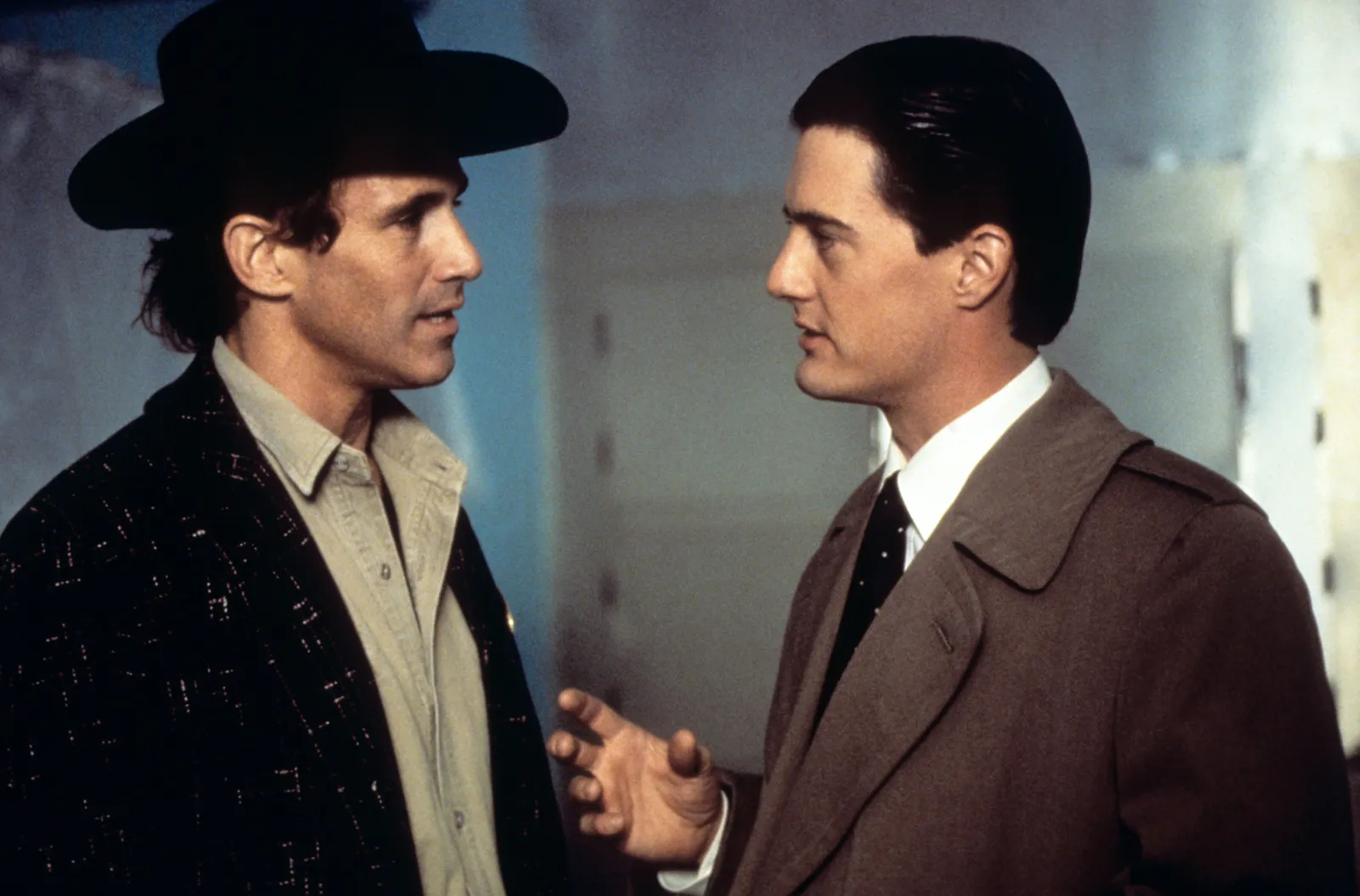
Co-created with Mark Frost, “Twin Peaks” was a genre-defying phenomenon that fused soap opera tropes with supernatural horror and surreal comedy. When Laura Palmer’s body washes ashore, FBI Agent Dale Cooper arrives in the town of Twin Peaks to investigate. What follows is a kaleidoscope of characters, secrets, and dimensions.
More than just a whodunit, “Twin Peaks” changed the rules of television. It introduced serialized mystery, eerie mood pieces, and avant-garde storytelling to prime-time audiences. Shows like “Lost,” “The X-Files,” and “Stranger Things” owe it a debt.
Twin Peaks: Fire Walk with Me (1992)
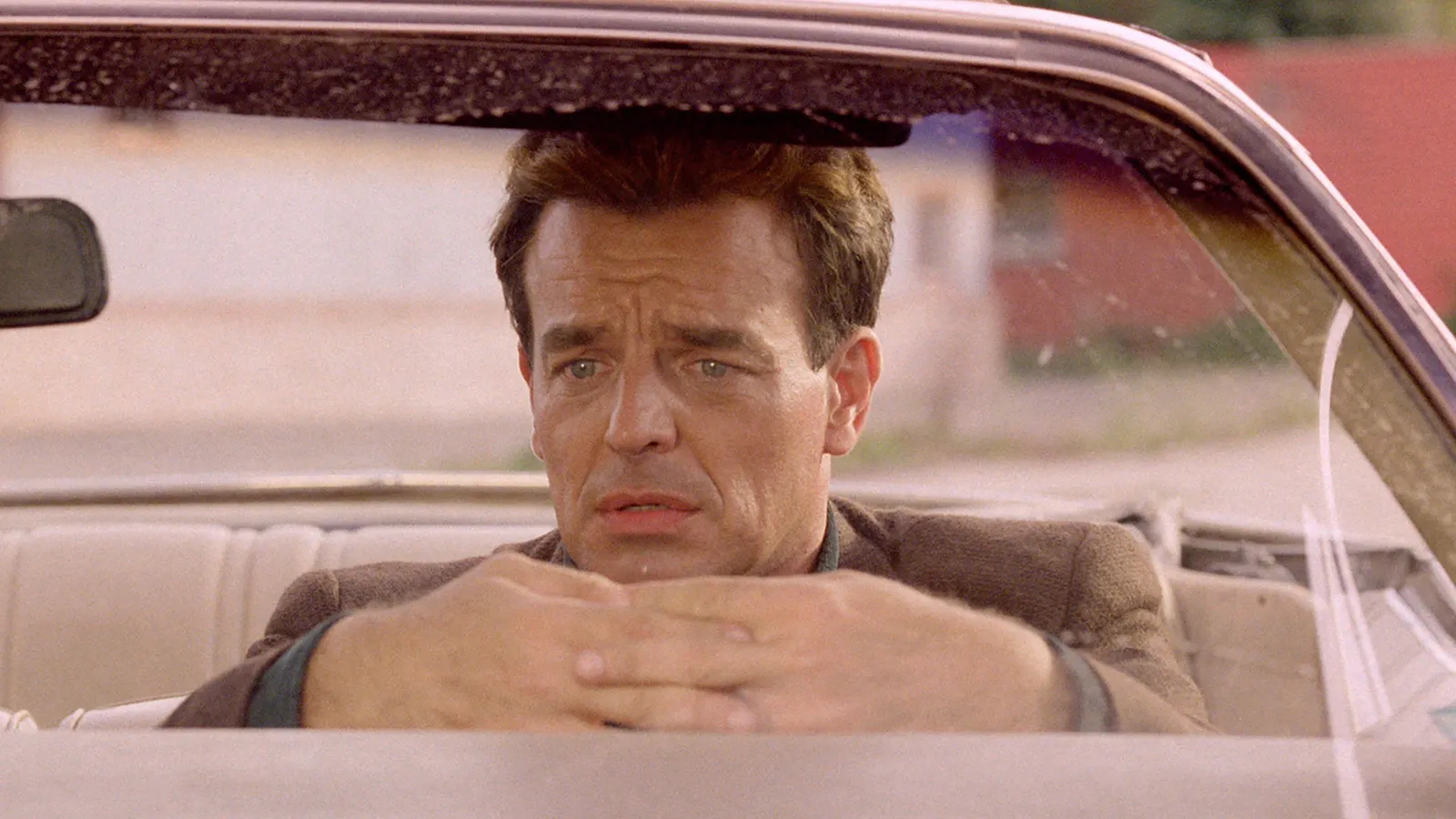
Critically misunderstood at the time of its release, this prequel to the original series is now considered essential Lynch. It chronicles the last seven days of Laura Palmer’s life, plunging us into her anguish and descent. Sheryl Lee’s portrayal of Laura is nothing short of revelatory.
Disturbing, intimate, and raw, the film strips away the quirky charm of the series to reveal the horror beneath. It’s a devastating exploration of trauma and the loss of innocence, and it laid the emotional foundation for “The Return.”
Blue Velvet (1986)
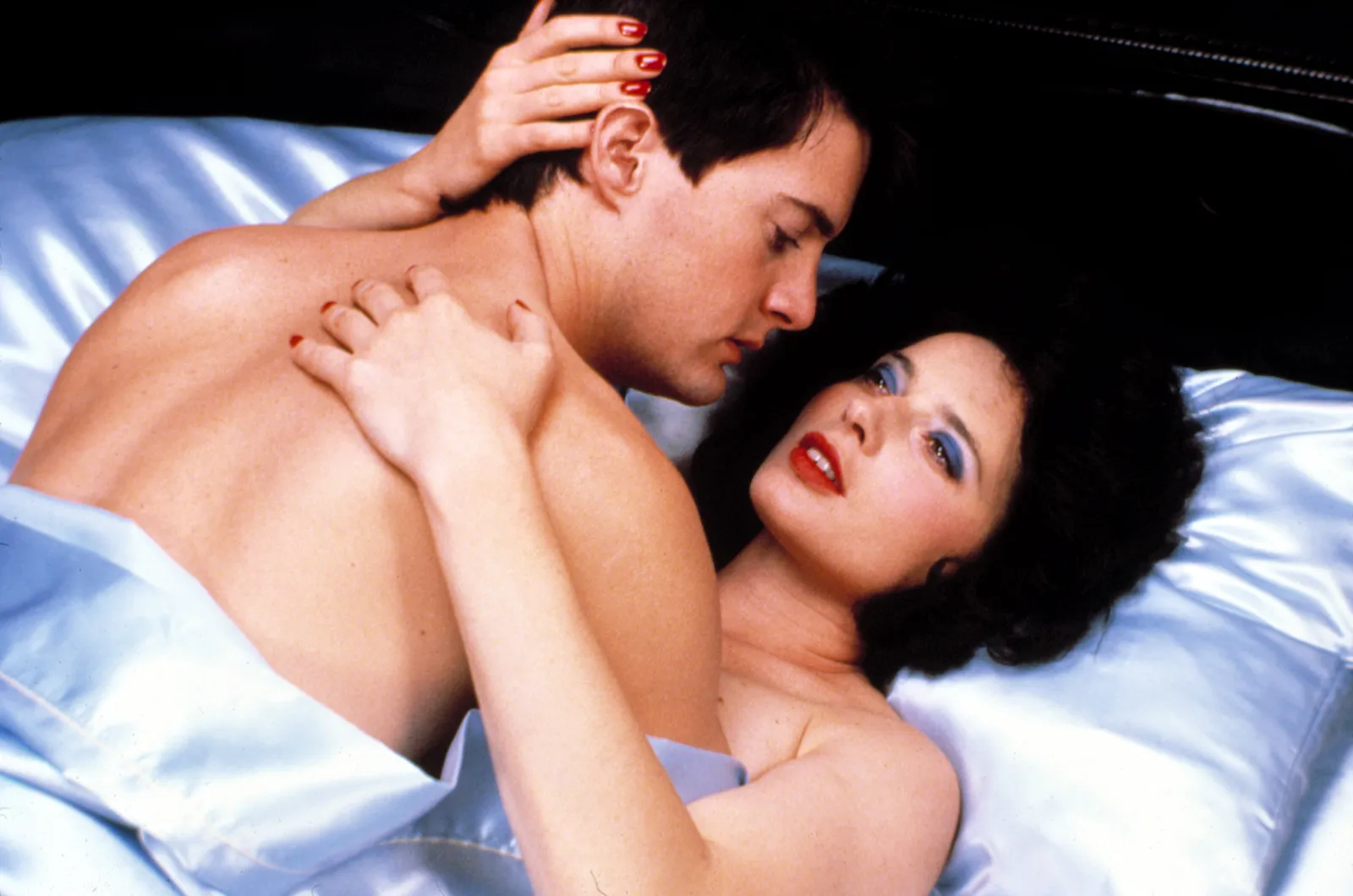
“Blue Velvet” begins with a severed ear in a field and ends with a confrontation between light and unimaginable darkness. It’s a startling portrait of suburban America, where picture-perfect homes hide nightmarish truths. Kyle MacLachlan plays Jeffrey, a curious young man who stumbles into a sadomasochistic relationship involving Dorothy Vallens (Isabella Rossellini) and the psychotic Frank Booth (Dennis Hopper).
The film is both a noir thriller and a psycho-sexual horror story, framed by Lynch’s obsession with duality. It launched his mainstream career while maintaining his distinct, unsettling style.
Lost Highway (1997)
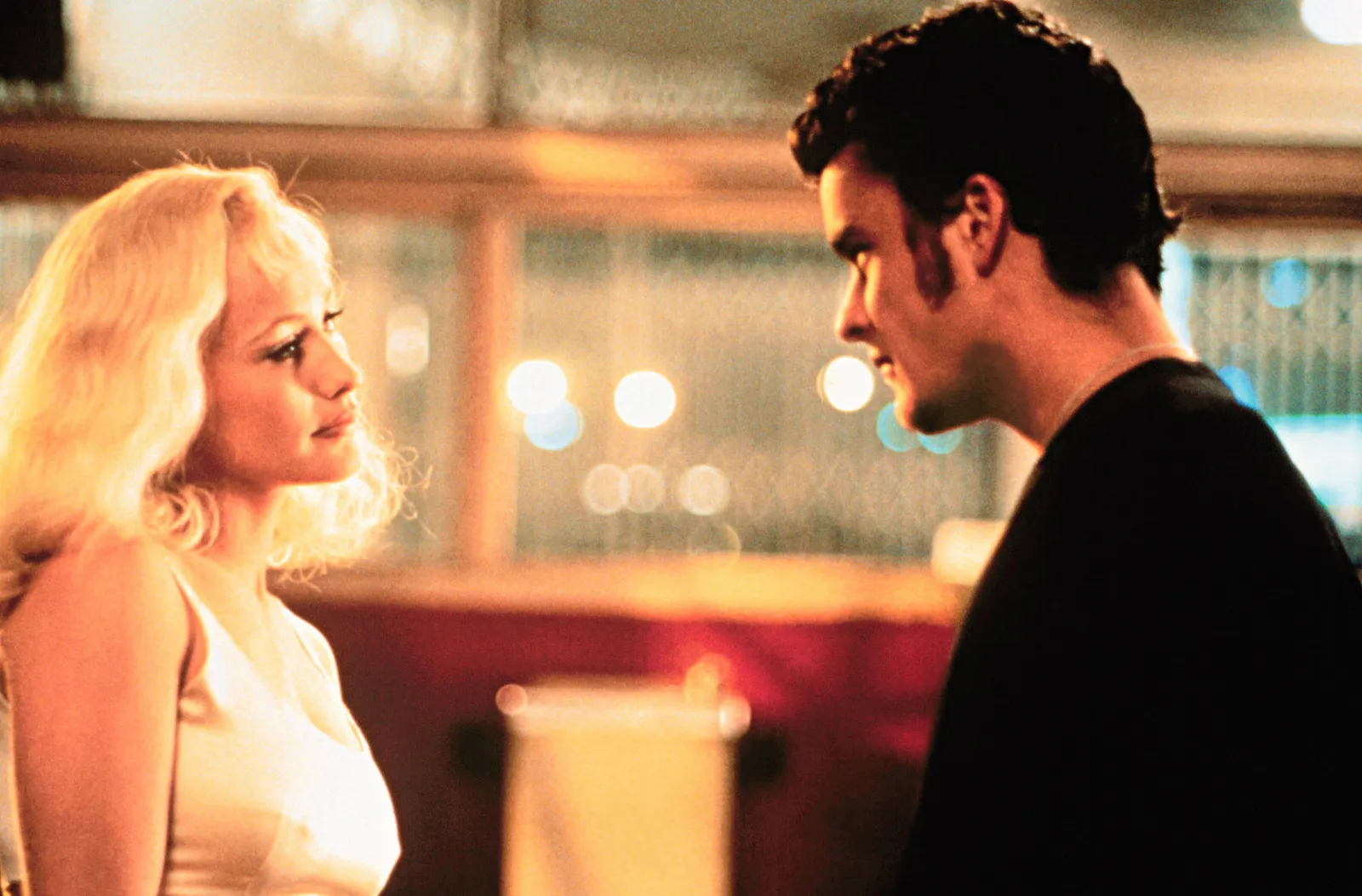
A puzzle-box film that loops back on itself, “Lost Highway” is pure Lynchian dread. It tells the story of a saxophonist (Bill Pullman) who seemingly transforms into a different man (Balthazar Getty) after being accused of murder. The film flows like a nightmare, merging identities and timelines without clear logic.
Fueled by an eerie score from Angelo Badalamenti and Trent Reznor, “Lost Highway” explores guilt, voyeurism, and existential terror. It is among Lynch’s most impenetrable works, but also among his most hypnotic.
Inland Empire (2006)

“Inland Empire” is Lynch’s most experimental film, shot on digital video and running for over three hours. It follows actress Nikki Grace (Laura Dern) as she loses herself in a web of shifting realities while working on a cursed film project. There are no clear answers—only emotions, fragments, and a sense of profound unease.
This film tests the boundaries of narrative and sanity. Watching it feels like stepping into another consciousness, and Dern’s performance is both fearless and heartbreaking.
The Straight Story (1999)
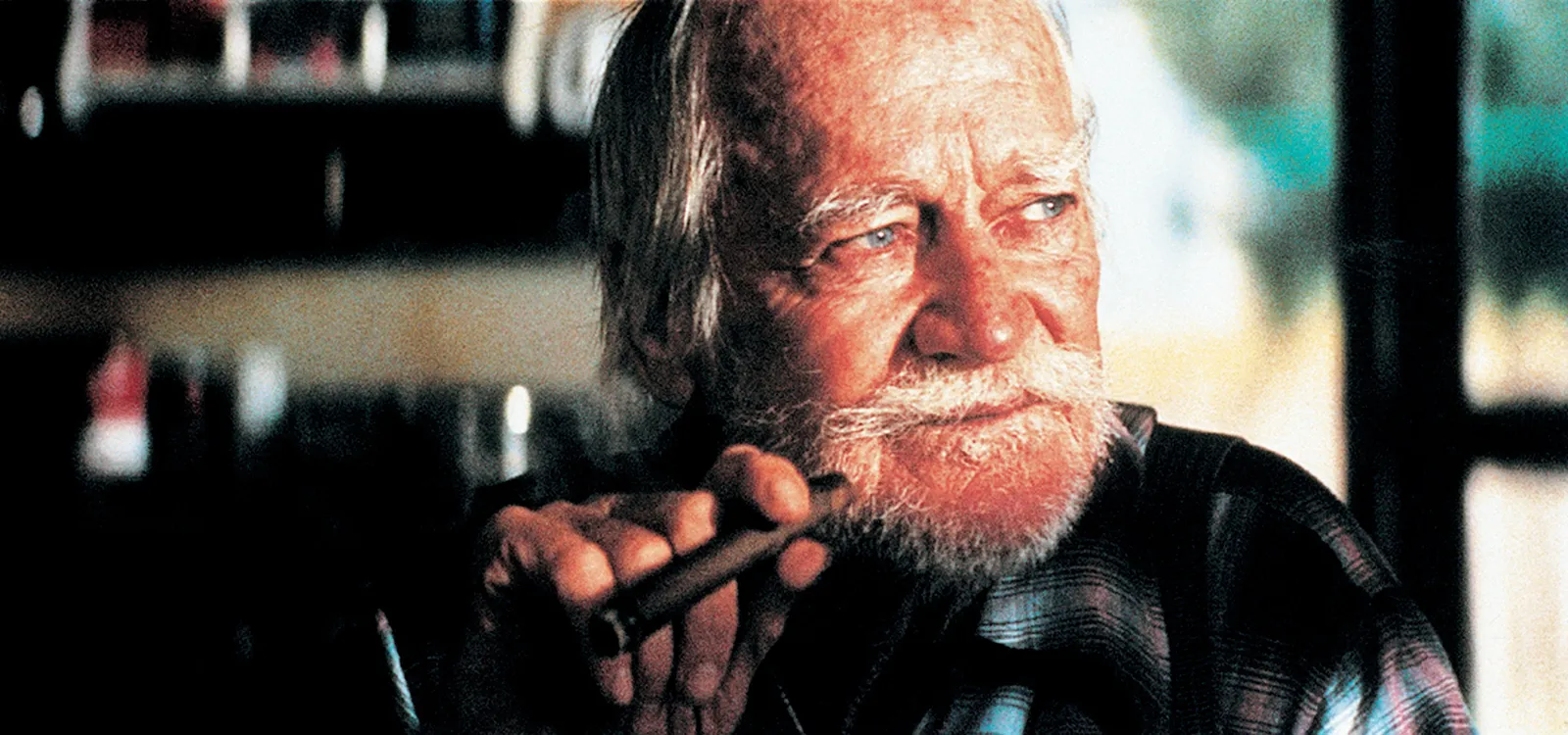
A stark contrast to Lynch’s usual fare, this G-rated film tells the true story of Alvin Straight, an elderly man who drives his lawnmower across state lines to reconcile with his ailing brother. It is a tender, slow-moving meditation on family, aging, and dignity.
Though absent of surreal horror, “The Straight Story” is unmistakably Lynch. It dwells in long silences and quiet emotions, and it affirms his ability to craft beauty from the ordinary.
Eraserhead (1977)
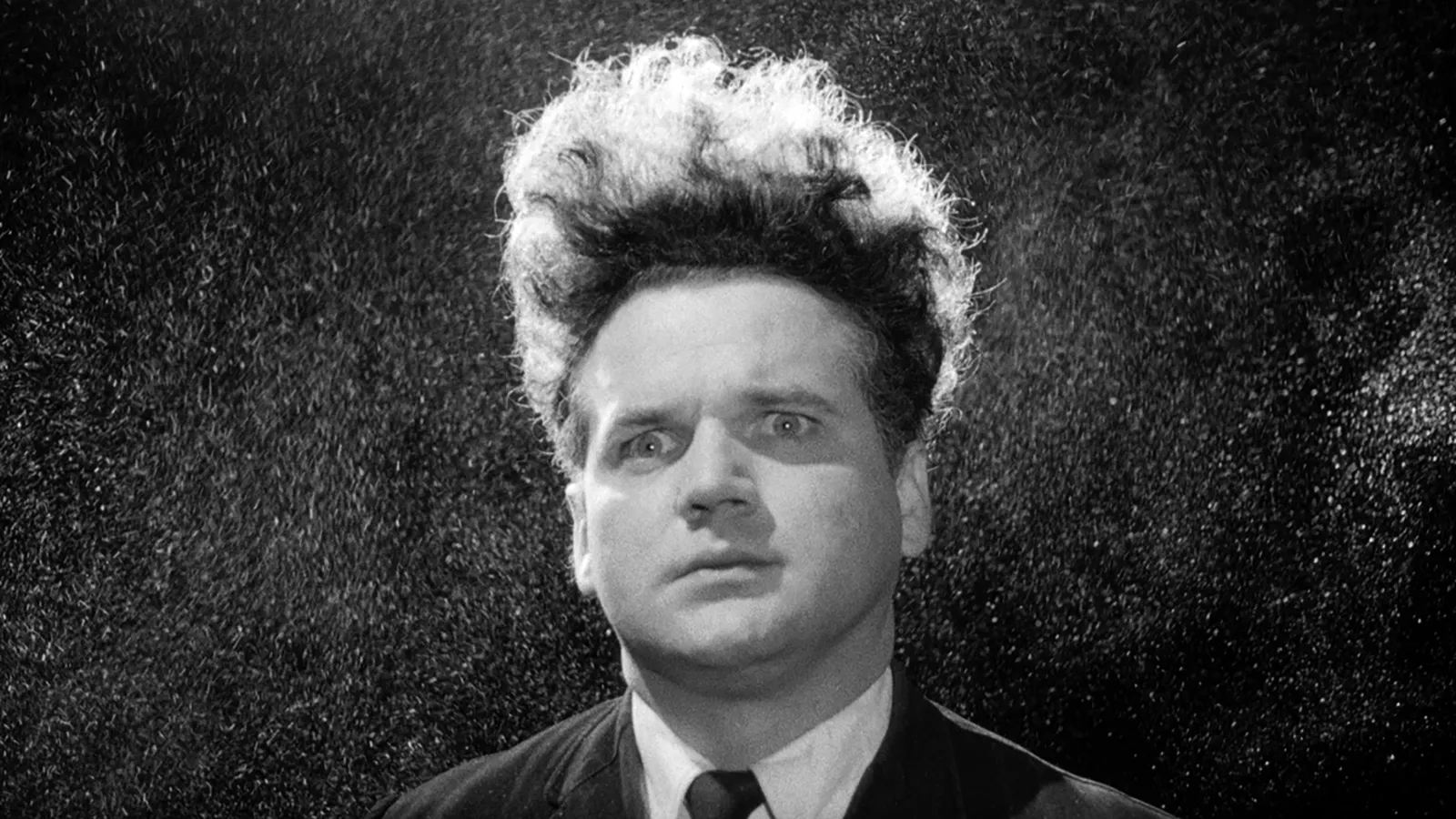
Lynch’s debut feature is a grim, industrial horror film that has become a cult classic. Shot over several years on a shoestring budget, “Eraserhead” follows Henry Spencer, a man dealing with fatherhood, deformity, and existential despair.
This film defined Lynch’s aesthetic early on—distorted sound design, unsettling visuals, and ambiguous symbolism. It’s less a story than an experience of anxiety and alienation.
The Elephant Man (1980)
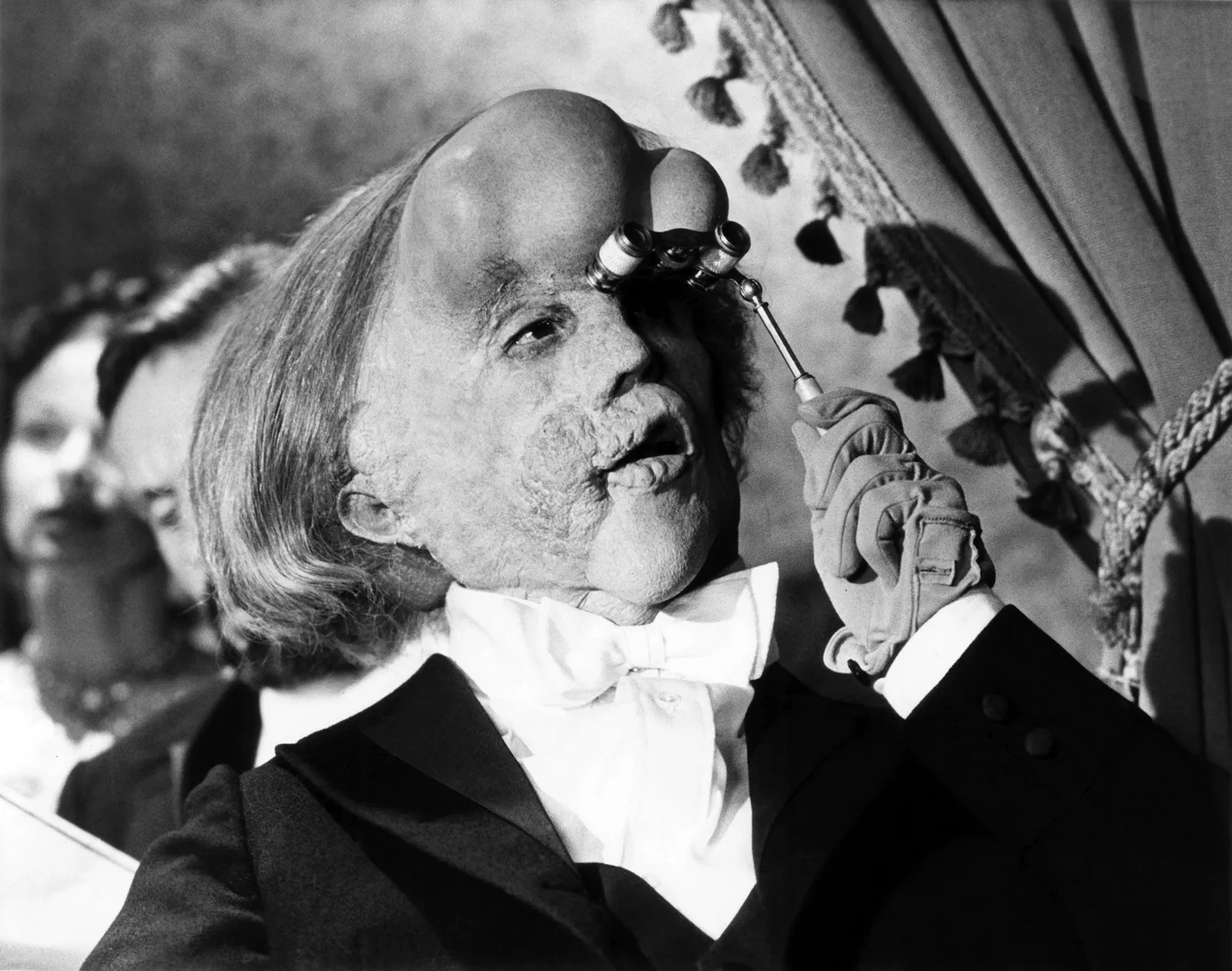
Based on the life of Joseph Merrick, “The Elephant Man” earned Lynch critical acclaim and Academy Award nominations. It follows Merrick (played by John Hurt) as he is rescued from a life of exploitation by a kind surgeon (Anthony Hopkins).
Shot in black and white, the film is a deeply compassionate tale that showcases Lynch’s sensitivity and humanity. It proved that he could balance accessibility with his unique vision.
Wild at Heart (1990)
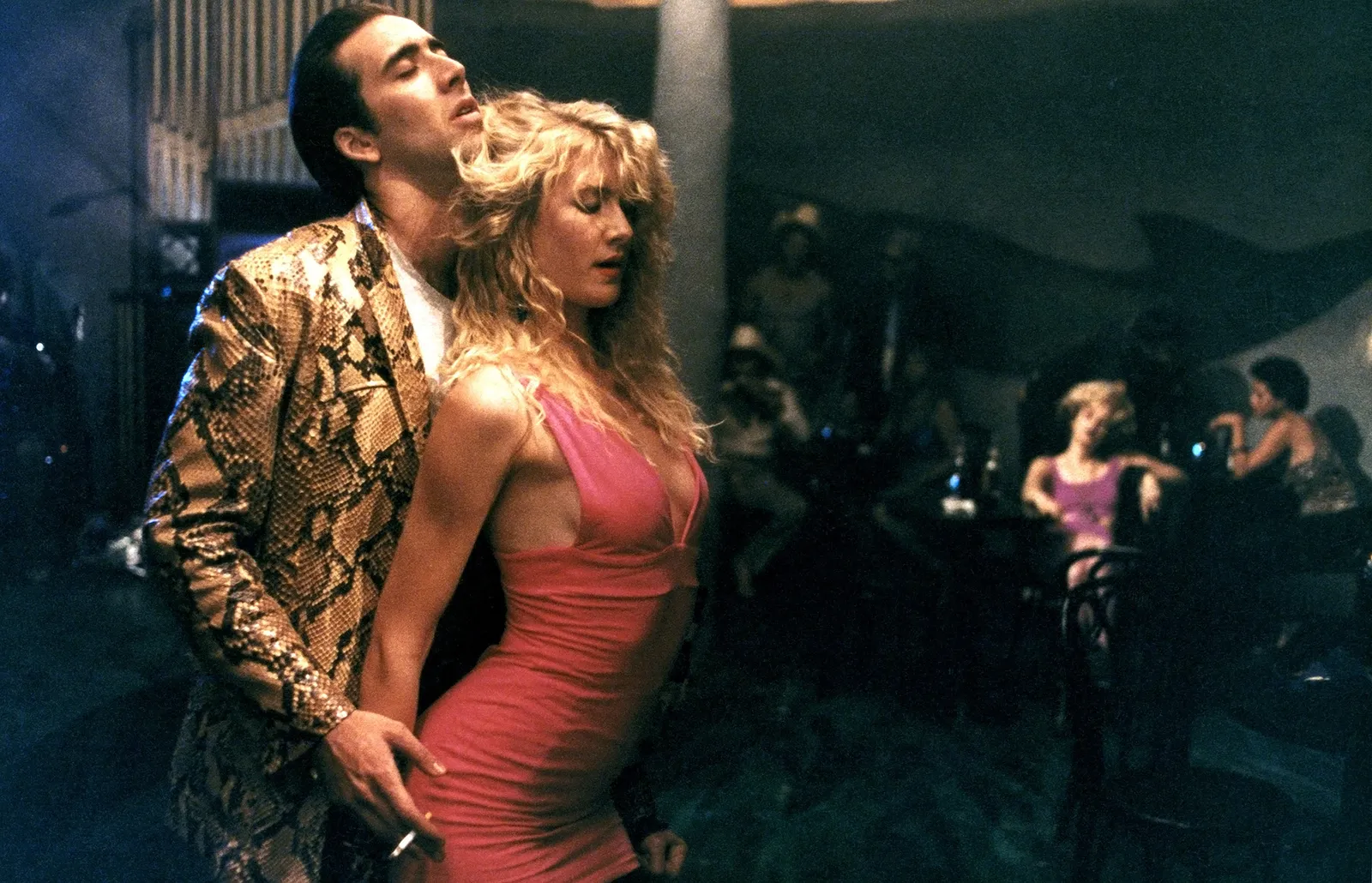
A violent, romant1ic road movie with shades of “The Wizard of Oz,” “Wild at Heart” follows Sailor (Nicolas Cage) and Lula (Laura Dern) as they escape from her domineering mother. It’s a chaotic mix of rock music, grotesque characters, and passionate love.
Winner of the Palme d’Or at Cannes, this film is brash and loud, and yet unmistakably Lynch in its blend of grotesque violence and dreamlike romanticism.
Dune (1984)
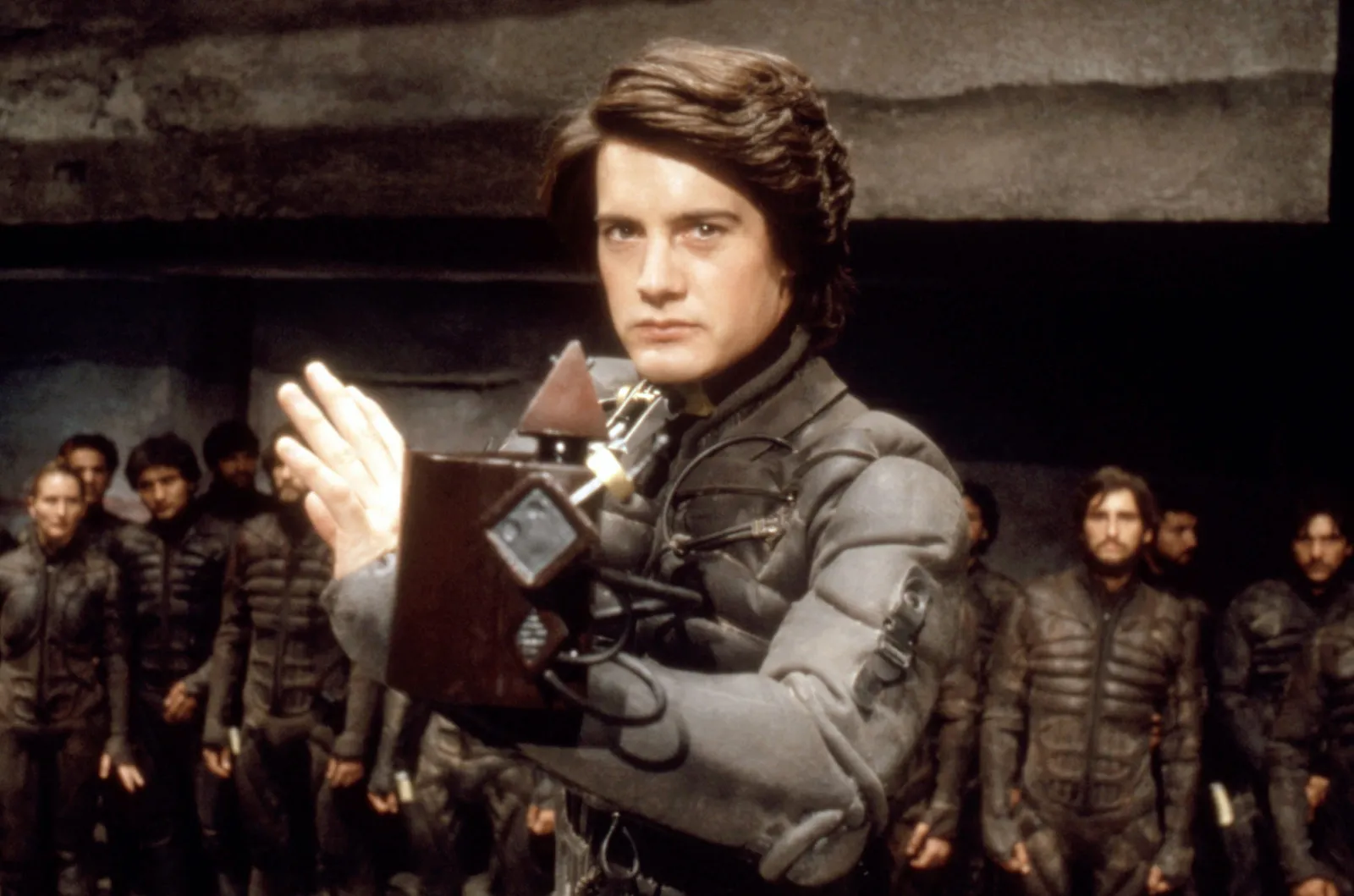
Lynch’s take on Frank Herbert’s epic was compromised by studio interference and is generally regarded as his least personal work. However, it still bears traces of his style: baroque visuals, unsettling atmosphere, and alienating storytelling choices.
Though Lynch later disowned the film, it remains a fascinating failure—a glimpse into what happens when an auteur collides with blockbuster expectations.
Final Thoughts
David Lynch was more than a director; he was a dream architect. His films and shows speak in the language of nightmares and dreams, fear and desire, trauma and transcendence. He trusted his audience to engage deeply, to feel more than understand. In doing so, he created a body of work that is unmatched in its originality and emotional power.
From suburban horror to cosmic abstraction, Lynch taught us that the line between the beautiful and the terrifying is often invisible. His legacy will endure—not just in the films and shows he made, but in the countless creators he inspired to be bold, strange, and true to their vision.
Rest in peace, David Lynch. You made the dream real.
- Bonnie Blue secretly filming huge C4 show which will reveal ‘what her life’s really like’ after 1,000 men sex stunt - June 5, 2025
- When is Mother’s Day 2025 in the UK? Origins and global celebration dates - June 5, 2025
- Who is Dave Blunts? The ghostwriter rapper behind Kanye West’s new album - June 5, 2025

